The five muscles that are hardest to build are calves, forearms, lower chest, upper traps, and obliques. To train these stubborn areas, you'll need targeted exercises and consistency. For calves, try seated and standing raises with heavy weights and high reps. Forearms benefit from deadlifts, pull-ups, and wrist curls. Target your lower chest with decline bench presses and dips. Upper traps respond well to heavy barbell shrugs and farmer's walks. For obliques, incorporate side planks and Russian twists. Train these muscles multiple times per week, focusing on proper form and progressive overload. With the right approach, you can develop these challenging muscle groups effectively. Let's explore each muscle in detail.
Core Insight
- Calves require heavy weights, high reps, and multiple weekly sessions with seated and standing raises to overcome genetic limitations.
- Forearms benefit from varied grips, thick bars, and frequent training with exercises like deadlifts and wrist curls.
- Lower chest development improves with decline bench presses, dips, and low-to-high cable flyes performed at least twice weekly.
- Upper traps grow through heavy barbell shrugs, farmer's walks, and face pulls, emphasizing proper form and high-volume training.
- Obliques demand diverse exercises like side planks, Russian twists, and rotational movements for optimal core stability and aesthetics.
Calves
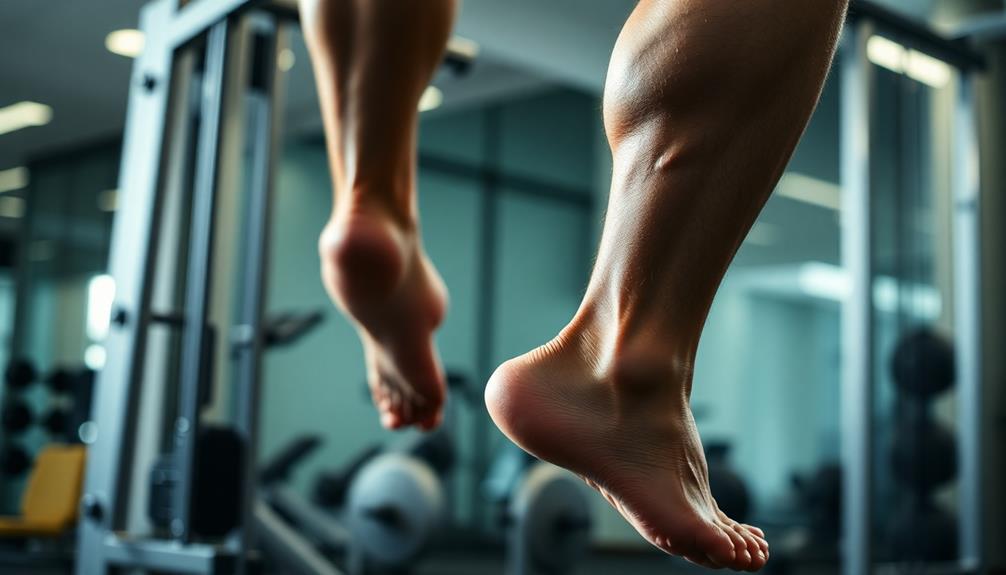
Building great calves can be frustrating. These muscles are used all day for walking and standing, so they're hard to grow. Calf sleeves can help you recover faster and work harder, letting you train more often.
To build your calves, you need to do a lot of different exercises with high reps. Do both seated and standing calf raises to work the whole muscle. Don't be afraid to use heavy weights and do lots of reps – your calves can take it.
You should train calves several times per week, just like your other muscles. Use different foot positions to hit the calf from all angles. And always stretch between sets to get the most out of each rep.
Forearms
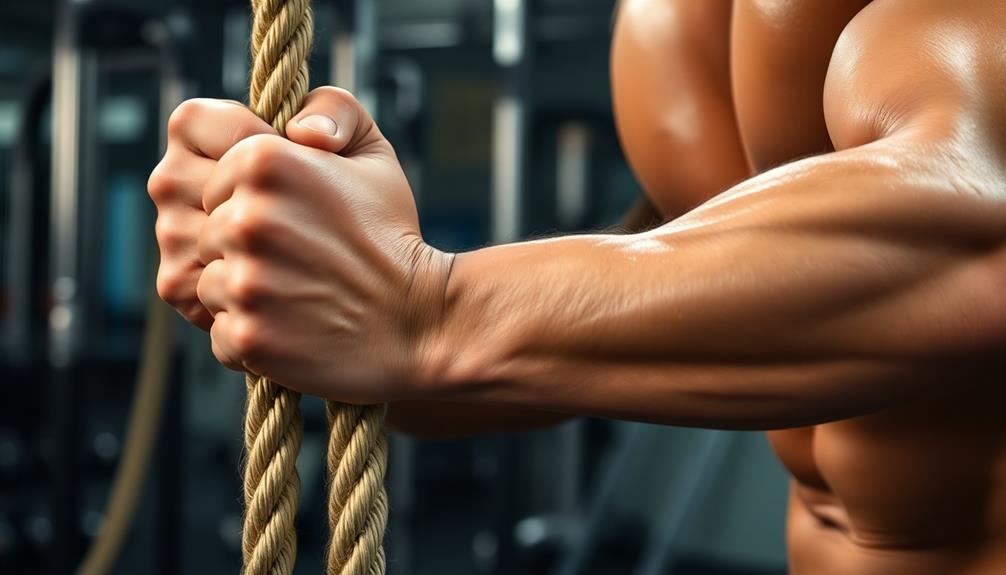
Bodybuilders often forget about forearms, but they're important for a complete physique. These muscles are hard to grow because we use them so much in everyday life. To build your forearms well, you need to do a mix of exercises and techniques. Athletes and active people can use cold therapy compression wraps after tough forearm workouts to reduce swelling and help muscles recover faster.
Begin with exercises like deadlifts and pull-ups, which work your forearms indirectly. Then, do isolation exercises like wrist curls, reverse curls, and farmer's walks. Use different grips and equipment, such as barbells, dumbbells, and thick bars to work your muscles in different ways.
Train your forearms often, as they recover quickly. You can do forearm exercises at the end of your regular workouts or have separate sessions just for them. Be patient and stick with it, as forearm growth takes time and hard work.
Lower Chest
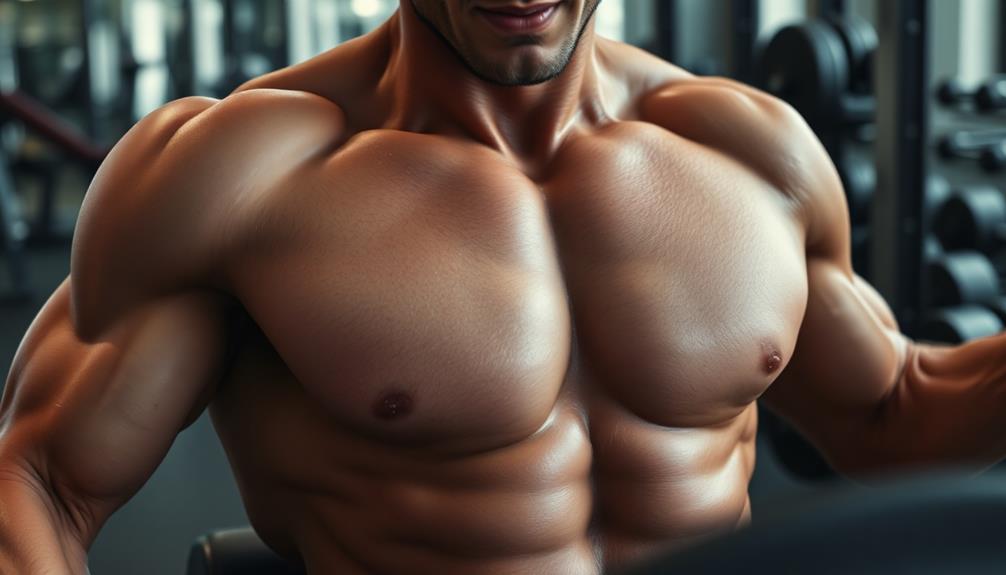
The lower chest can be tough to build. It's the lower part of the main chest muscle. You need to do the right exercises with good form to make it grow.
Two great exercises for the lower chest are decline bench presses and dips. When you do these, lean forward a bit to really work the lower part of your chest. Cable flyes going from low to high are also good for targeting the lower chest.
To see results, work your lower chest at least two times per week. Keep adding a bit more weight or doing more reps as you get stronger. Stay consistent and you'll develop a well-defined lower chest.
Upper Traps
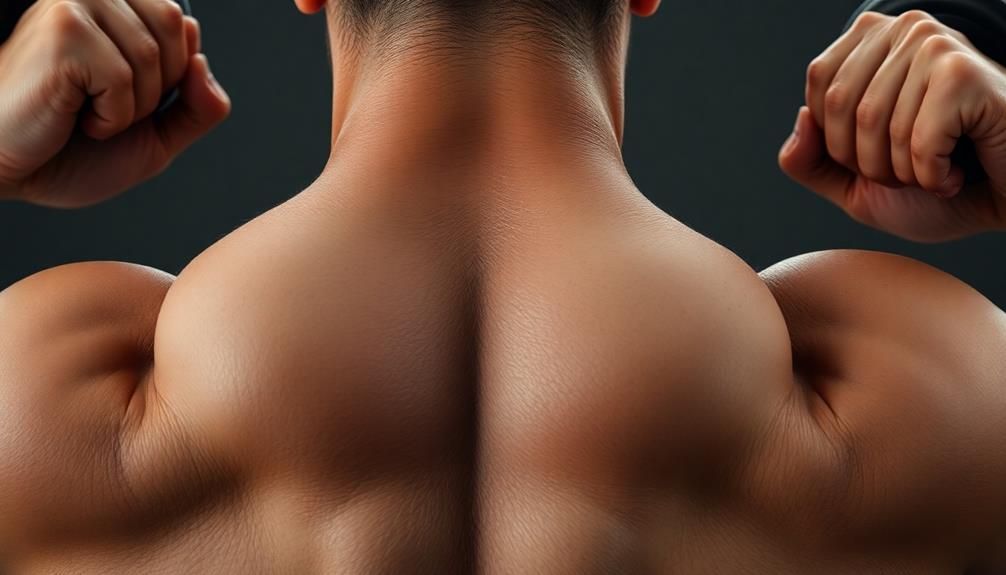
Upper traps are the muscles on top of your shoulders. They look like mountains when they're well-developed. Upper traps help you raise your shoulders and make your upper body look good. To build big upper traps, you need to do exercises that work them directly. Foam rollers can help keep your upper traps flexible and less sore after hard workouts. This helps your muscles recover and grow.
The best exercises for upper traps are:
- Heavy barbell shrugs
- Dumbbell farmer's walks
- Face pulls
It's important to do these exercises with good form to avoid getting hurt and to make sure your muscles are working properly. Start with lighter weights and slowly increase as you get better at the exercises. Upper traps respond well to high-volume training, which means doing a lot of sets with 10-15 repetitions each.
To build upper traps, you need to be consistent. Do these exercises 2-3 times a week and make sure to rest enough between workouts. If you stay patient and dedicated, you'll see your upper traps grow over time.
Obliques
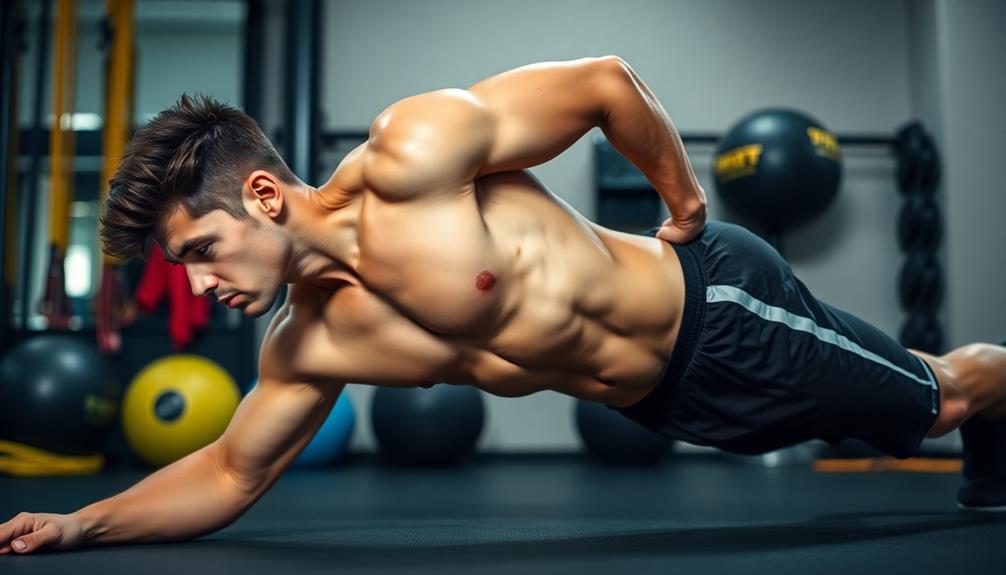
Obliques can be tough to build for many fitness lovers. These muscles on the sides of your abs are key for core stability and twisting motions. To work your obliques well, you need to do certain exercises. If you're sore after hard oblique workouts, infrared heat pads can help you feel better and recover.
Side planks are a good place to start. They make your obliques hold still against resistance. Next, try Russian twists and bicycle crunches to get your obliques moving. More advanced options are cable wood chops and medicine ball throws with rotation. These moves copy everyday actions and work your obliques from different directions.
Frequently Asked Questions
How Long Does It Take to See Noticeable Muscle Growth?
You'll typically notice muscle growth within 6-8 weeks of consistent training. However, it's different for everyone. Your genetics, diet, workout intensity, and recovery all play a role in how quickly you'll see visible results.
Can Genetics Limit Muscle-Building Potential in Certain Areas?
Yes, your genetics can limit muscle-building potential in specific areas. You'll find that some muscle groups may grow faster or larger than others. However, you can still make progress through consistent training and proper nutrition.
Are There Supplements Specifically Designed for Hard-To-Build Muscles?
While there aren't supplements specifically for hard-to-build muscles, you'll find some that support overall muscle growth. You can try creatine, protein powders, and BCAAs. Remember, they're most effective when combined with proper training and nutrition.
What Role Does Nutrition Play in Developing Stubborn Muscle Groups?
Nutrition plays a vital role in developing stubborn muscle groups. You'll need to consume enough protein, complex carbs, and healthy fats. Don't forget to stay hydrated and time your meals around workouts for ideal muscle growth.
How Often Should You Train These Difficult-To-Build Muscles for Optimal Results?
You should train hard-to-develop muscles 2-3 times a week. Don't overtrain; allow for adequate recovery. Focus on progressive overload, increasing weight or reps gradually. Consistency's key, so stick to your routine for best results.

